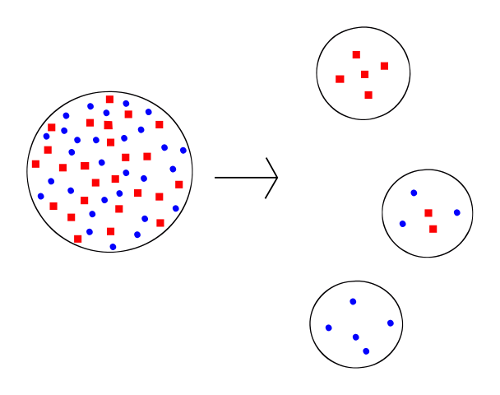
Rev. A. B. Fuller, of Boston, very energetically opposed the idea that a teacher should not aid a pupil. Otherwise they might as well not have a teacher. The first assistance should be to inspire an interest in the study pursued, so that it shall be loved. He thought some subjects, as presented by teachers and authors, were so dry that no one could be interested in them, and no one scarcely could have patience to go through with the text-books used. He referred to a book which was studied while he was at Cambridge as an illustration. On its fly leaf some student had written —
If there should be another flood,
To this book for refuge fly;
For if all else should be o’erwhelmed,
This book would still be dry.
— The Massachusetts Teacher and Journal of Home and School Education, 1857






